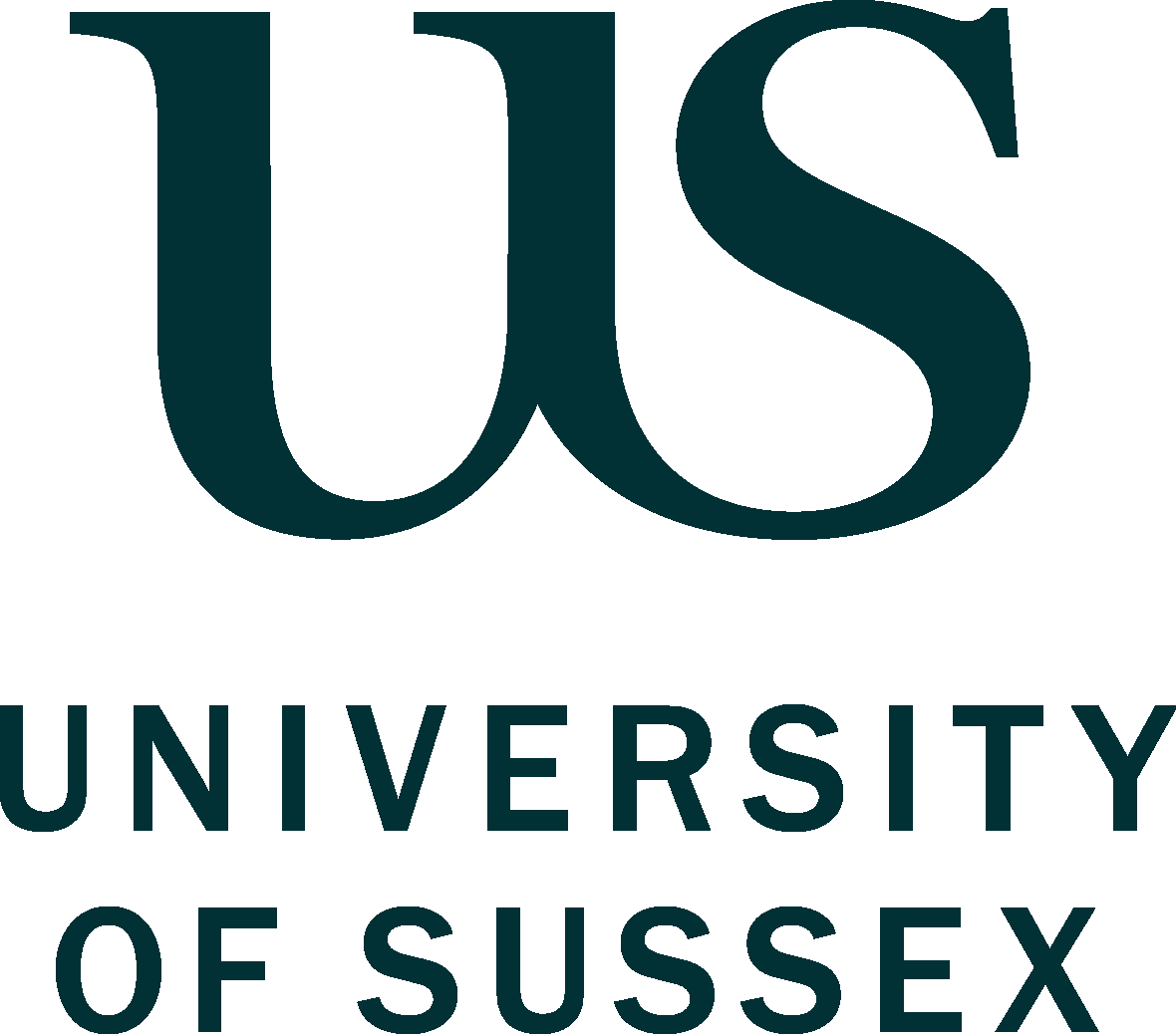Student-led peer marking criteria
Dr Janet Horrocks

Learning by working with peers is a key to student learning. This may involve working cooperatively or collaboratively to address a problem and in this piece we refer to groups working collaboratively on a problem. Group working can present problems for students if some group members dominate the discussions and decision making or others in the group are seen as ‘freeriders’ and take a back seat. The approach asks the group itself to develop a set of criteria for assessing peer contributions. For each criteria, students are asked to define what a contribution that would be awarded excellent would look like and then define what would lead to the award of a fail grade. The task actively engages students in thinking about how to work together as a group. Revisiting the criteria during the course of the module gives space for reflection on the way that the group is working.
Why this idea?
Working as a collaborative group is seen as essential to many programmes of study (Riebe et al., 2016) but is not without its problems for both participating students and staff supporting students. The benefits of working in a group such as developing a learning community, developing self esteem, being actively involved in the learning process and developing an understanding of how groups work are supported by the literature (such as Dochy et al., (2003), Hammer Chiriac (2014), Laal & Ghodsi (2012), and Laurillard (2012). There are however, significant challenges to working in a group: dealing with the logistics of a group, dealing with different levels of motivation from group members and dealing with the additional demands of communication and discussion that working as a group entails (Davies, 2009; Forsell et al., 2021). These challenges can be addressed from two perspectives:
Engineering a situation in which students work together effectively and develop the skills for working in groups
Making sure any assessment mechanisms fairly rewards effort and intellectual input so that assessments with elements of group work are perceived as robust.
If the first is successful, then the second will be less problematic as the group will be engaged and working together. The support and management of the group itself should thus be prominent in the mind of staff running exercises that rely on group work.
In some situations, learner groups may be already established; however, in other situations groups are formed de-novo. For a newly formed group of students, activities that develop trust and understanding are key to developing a fruitful working environment.
With this context in mind we wanted to support students’ participation in a module where working collaboratively as a group was central to the design of the module. At the start of the module we asked the group to discuss the peer marking criteria that they would like to use at the end of the module to assess the contribution of different members of the group. The use of co-created grading criteria generates a set of criteria that will be understood by all students in the group (Meer & Chapman, 2015). The co-creation exercise was designed to prompt the students to interrogate their own ideas of good working practice and consider working practices as a group. The activity stimulated debate within the groups which allowed conversations to take place about issues that students might have around group work.
How could others implement this idea?
For students to develop peer marking criteria, at least two 30 minute sessions need to be identified during the course of the activity. One of these sessions should be before the group activity has started (possibly during the initial orientation) and the other should be a point around halfway through their activity.
In the first session the students are asked to sit together in their groups (or put together in a breakout room if you are delivering the session online) with a large piece of paper (if working in person) or an online whiteboard if working online (e.g. MS Whiteboard or Google Jamboard).
Students are invited to identify facets of behaviour and ways of working that are important for their group to work well together and could be included in a set of peer marking criteria. The students are encouraged to have a wide-ranging conversation at this stage. Once a set of criteria have been identified, the students are asked what they think these behaviours would look like from an ‘excellent’ member of the team and how behaviours would manifest by a ‘poor’ member of the team. The lecture/facilitator encourages the use of examples of what each type of behaviour would look like. If good communication is considered to be an important facet of behaviour, what is an example of good communication? Students submit a summary of the different criteria with examples of excellent and poor behaviour which is stored in an area accessible to all group members.Students most frequently chose criteria based around communication (communication, listening) and commitment (attendance, contribution, commitment, participation, reliability)
In the second session (halfway through the group work activity) each group is invited to revisit the criteria they have identified. This session is held as a discussion with the lecturer or facilitator and presents an opportunity to explore the way in which the group is operating. Do they need to add any criteria? Do they now think that some criteria are irrelevant?
In the final assessment of peer input the students are asked to consider each criteria and give a holistic grade to each of their peers. How this is used will depend on the assessment strategy for the module.
Transferability to different contexts
This approach could be used in any situation where there is a peer grading element to group work. It is particularly useful where groups are formed from mixed cohorts where expectations and norms of group working may differ.
Links to tools and resources
WordClouds.co.uk: https://www.wordclouds.co.uk/
References
Dochy, F., Segers, M., van den Bossche, P., & Gijbels, D. (2003). Effects of problem-based learning: a meta-analysis from the angle of assessment. Learning and Instruction, 13(5), 533-568. https://doi.org/10.1016/S0959-4752(02)00025-7
Davis. W. M. (2009). Groupwork as a form of assessment: common problems and recommended solutions. Higher Education, 58(4), 563-584. https://doi.org/10.1007/s10734-009-9216-y
Forsell, J., Forslund Frykedal, K., & Hammar Chiriac, E. (2021). Teachers’ perceived challenges in group work assessment. Cogent Education, 8(1). https://doi.org/10.1080/2331186x.2021.1886474
Hammar Chiriac, E. (2014). Group work as an incentive for learning- students’ experiences of group work. Frontiers in Psychology, 5. https://doi.org/10.3389/fpsyg.2014.00558
Laurillard, D. (2012). Teaching as a design science. Routledge.
Laal, M., & Ghodsi, S. (2012). Benefits of collaborative learning. Procedia – Social and Behavioral Sciences, 31, 486-490. https://doi.org/10.1016/j.sbspro.2011.12.091
Meer, N., & Chapman, A. (2015). Co-creation of marking criteria: students as partners in the assessment process. Business and Management Education in HE. https://www.tandfonline.com/doi/pdf/10.11120/bmhe.2014.00008
Riebe, L., Girardi, A., & Whitsed, C. (2016). A systematic literature review of teamwork pedagogy in higher education. Small Group Research, 47(6), 619-664. https://doi.org/10.1177/1046496416665221
Image Attribution
Figure 1. Word Clouds by Janet Horricks is used under CC-BY 4.0 Licence and Generated using https://www.wordclouds.co.uk


